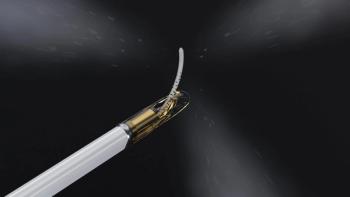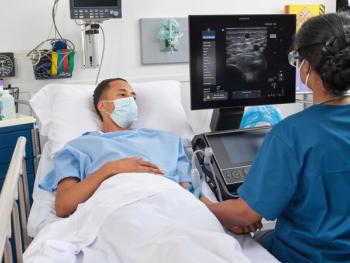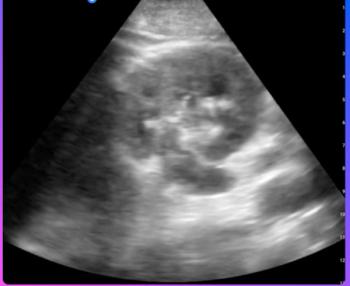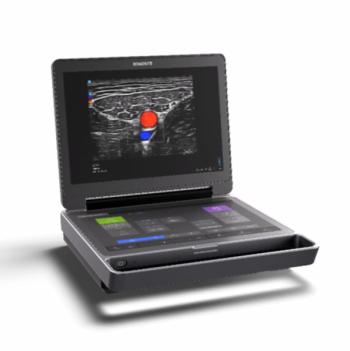
Contrast-enhanced US Monitors Aortic Aneurysm Repair
Contrast-enhanced ultrasounds are an effective complementary tool in following up patients who undergo endovascular repair for abdominal aortic aneurysm.
Contrast-enhanced ultrasounds are an effective complementary tool in following up patients who undergo endovascular repair for abdominal aortic aneurysm, according to a study published in the journal
Endovascular repair for abdominal aortic aneurysm (EVAR) is performed to place an endograft into the vessel to bypass the weakened area in the aorta. Currently, routine surveillance of the stent, to watch for endoleaks that raise the risk of an aneurysm sac rupture, is done by CT angiography. However there is concern regarding the use of CTs because of related ionizing radiation and potential kidney damage from the contrast agent.
Researchers from the Hospital Clinic in Barcelona, Spain, evaluated 35 patients who underwent CT angiography and an ultrasound with a second-generation contrast agent. The smaller microbubbles in the new agent do not pass through the cells that line the inner surface of the blood vessel walls. The exams were performed at one- and six-month follow up and every year thereafter, for a total of 126 performed studies.
According to Rosa Gilabert, MD, PhD, from the Hospital Clinic, in determining the presence of an endoleak, the contrast-enhanced ultrasound had a sensitivity of 97 percent, a specificity of 100 percent, and an accuracy of 99 percent. It enabled correct classification of 26 to 33 endoleaks and did not miss any that were clinically important.
“These results support that contrast-enhanced ultrasound can be integrated into EVAR follow-up,” Dr. Gilabert said.
Newsletter
Stay at the forefront of radiology with the Diagnostic Imaging newsletter, delivering the latest news, clinical insights, and imaging advancements for today’s radiologists.




























